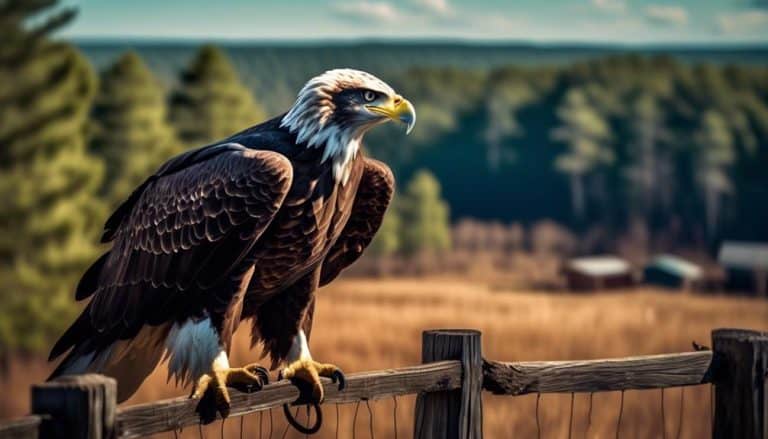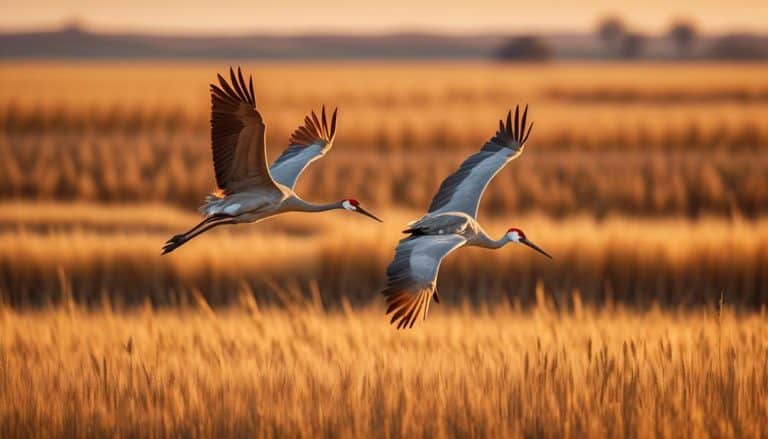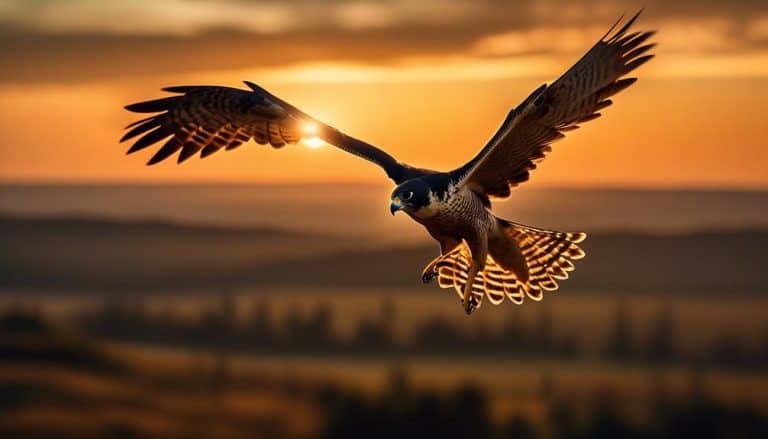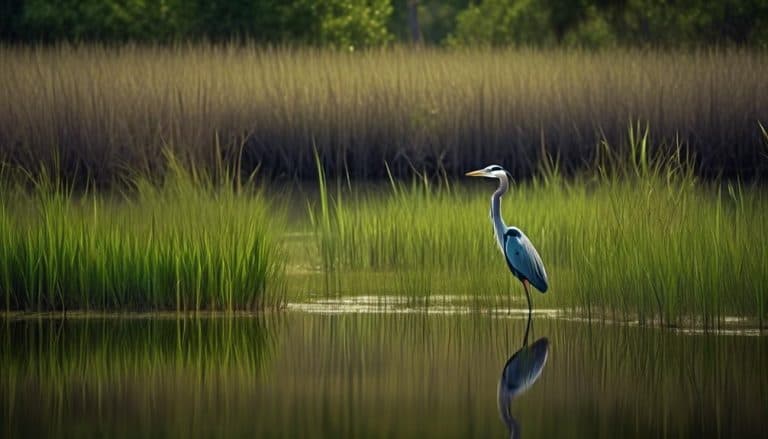Who would have thought that in the picturesque state of Connecticut, known for its stunning autumn foliage and charming coastal towns, one could find a species of red birds? It may come as a surprise, but these vibrant feathered creatures have indeed made their home here.
In this discussion, I will explore the presence of red birds in Connecticut, their habitat preferences, feeding habits, breeding patterns, and the conservation efforts put in place to protect these remarkable avian residents.
So, let's take a closer look at these crimson-hued wonders and uncover the secrets they hold.
The Presence of Red Birds in Connecticut
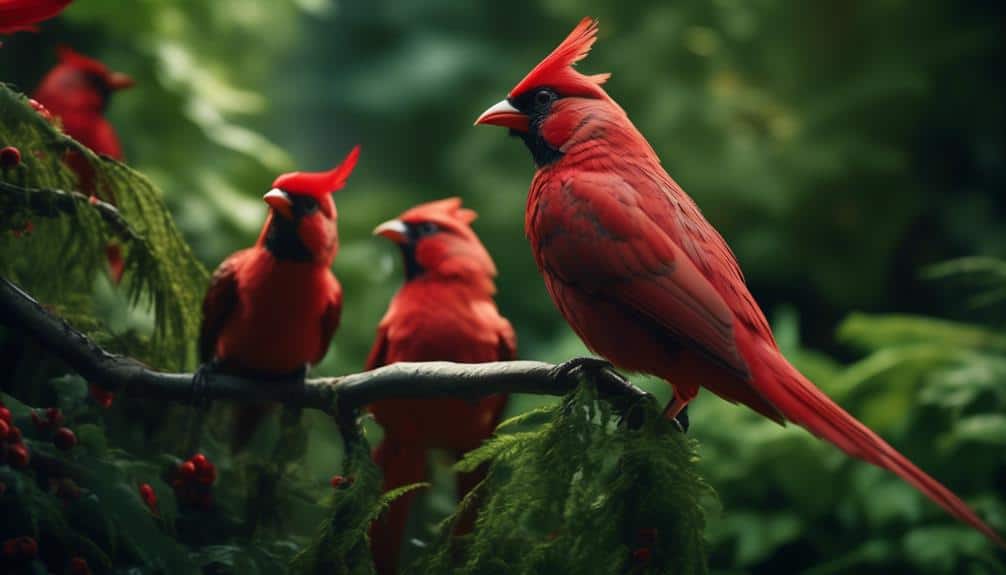
Red birds, specifically the Northern Cardinal (Cardinalis cardinalis), are a commonly observed species in the state of Connecticut. The presence of these vibrant birds in the region can be attributed to their migration patterns and population trends.
The Northern Cardinal is known to be a resident bird, meaning it doesn't migrate long distances. However, some individuals may make small-scale movements within their home range in response to food availability and changes in environmental conditions.
In terms of population trends, the Northern Cardinal population in Connecticut has shown a steady increase over the years. This can be attributed to various factors such as the availability of suitable habitat, favorable climate conditions, and the presence of food sources like berries and seeds. The expansion of urban areas and the creation of suburban habitats with well-maintained gardens and bird feeders have also contributed to the population growth.
Monitoring programs and citizen science initiatives have played a crucial role in tracking the population trends of red birds in Connecticut. These efforts provide valuable information about the distribution, abundance, and behavior of the Northern Cardinal, helping researchers and conservationists understand the species' ecology and implement appropriate conservation strategies.
Habitat Preferences of Red Birds in Connecticut
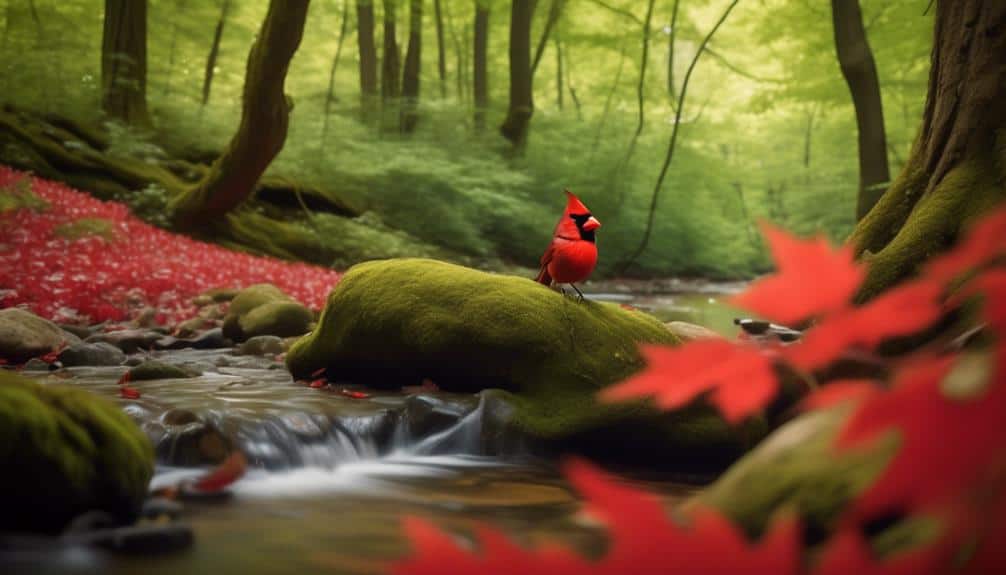
The habitat preferences of the Northern Cardinal in Connecticut are influenced by various factors, including vegetation structure, food availability, and proximity to water sources. These preferences play a crucial role in determining the population distribution and migration patterns of the species in the state.
Connecticut's diverse vegetation provides an ideal habitat for the Northern Cardinal. The species favors areas with a mixture of open spaces and dense vegetation, such as woodlands, shrubs, and brushy edges. These vegetation structures offer suitable nesting sites and protective cover for the birds. Additionally, the presence of fruit-bearing plants, such as dogwoods and sumacs, provides a year-round food source for the cardinals.
Food availability also influences the habitat preferences of the Northern Cardinal. The species primarily feeds on seeds, fruits, and insects. Thus, areas with abundant food resources, such as bird feeders, gardens, and agricultural fields, attract these birds.
Proximity to water sources is another important factor. Cardinals require access to water for drinking and bathing, making areas near ponds, streams, and wetlands preferred locations for their habitat.
Understanding the habitat preferences of the Northern Cardinal is crucial for effective conservation efforts. By preserving and managing suitable habitats, we can ensure the long-term survival and population stability of these beautiful red birds in Connecticut.
Feeding Habits of Red Birds in Connecticut

Based on observation and research, the feeding habits of Northern Cardinals in Connecticut are influenced by a variety of factors, including diet composition and availability of food sources.
- Northern Cardinals exhibit a non-migratory behavior, remaining in Connecticut throughout the year. This allows for a consistent feeding pattern, as they don't need to adjust to different food sources in different regions.
- Diet preferences of Northern Cardinals in Connecticut primarily consist of seeds, fruits, and insects. They've a particular affinity for sunflower seeds, which are often found in bird feeders and gardens.
- Cardinals have a strong preference for open areas with dense vegetation, such as shrubs and trees. These provide them with ample cover while foraging for food.
- The availability of food sources greatly impacts the feeding habits of Northern Cardinals. During the winter months, when resources are scarce, they rely heavily on bird feeders and backyard gardens for sustenance.
Understanding the feeding habits of Northern Cardinals in Connecticut is crucial for their conservation and management. By providing suitable food sources, such as sunflower seeds and maintaining vegetation, we can support these beautiful birds and ensure their survival in the region.
Breeding Patterns of Red Birds in Connecticut

In order to further understand the ecological behavior of Northern Cardinals in Connecticut, it's imperative to explore their breeding patterns within the region.
The breeding season for Northern Cardinals in Connecticut typically occurs from March to August, with peak activity observed between April and June. During this time, male cardinals engage in courtship displays to attract mates. These displays involve singing, wing-flashing, and offering food to the female.
Once a pair has formed, they construct a nest together, usually in dense shrubs or trees, using twigs, grass, and leaves. The female then lays a clutch of 2-5 eggs, which she incubates for about 12 days. Both parents take turns incubating the eggs and feeding the hatchlings. After about 10 days, the young birds fledge and become independent.
Regarding population trends, the Northern Cardinal population in Connecticut has remained relatively stable over the years. However, there have been localized fluctuations in certain areas due to changes in habitat availability and environmental factors. It's important to monitor these population trends to ensure the long-term conservation of this species.
Conservation Efforts for Red Birds in Connecticut
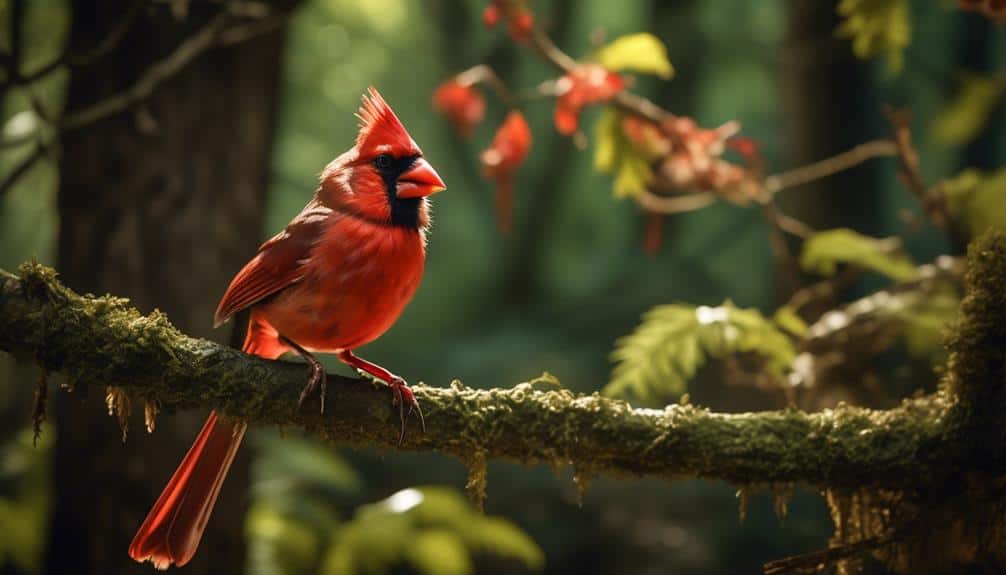
To ensure the long-term survival of red birds in Connecticut, comprehensive conservation measures must be implemented. Conservation strategies play a crucial role in protecting and restoring the habitat of these birds, as well as monitoring their population.
Here are four key conservation efforts that can help safeguard the red bird population in Connecticut:
- Habitat restoration: Restoring and maintaining suitable habitats for red birds is essential for their survival. This includes preserving and creating diverse ecosystems with appropriate vegetation, nesting sites, and food sources.
- Predation control: Managing and reducing predation by invasive species, such as feral cats or raccoons, is vital for the protection of red birds. Implementing effective control measures can help minimize predation risks.
- Public education and awareness: Raising awareness about the importance of red bird conservation can encourage individuals to take actions that benefit these birds. Educating the public about the threats red birds face and the ways people can help is crucial for their long-term survival.
- Population monitoring: Regular monitoring of red bird populations enables scientists and conservationists to assess population trends, identify potential threats, and implement necessary conservation measures in a timely manner.
Frequently Asked Questions
How Many Different Species of Red Birds Are Found in Connecticut?
I can't answer that question without the context of Red Birds in Connecticut.
What Is the Average Lifespan of Red Birds in Connecticut?
The average lifespan of red birds in Connecticut varies due to factors such as species, habitat, and population trends. Studying the lifespan variability provides valuable insights into the health and conservation of these birds.
Are Red Birds in Connecticut More Active During Certain Times of the Year?
During certain times of the year, red birds in Connecticut exhibit varying levels of activity. Factors such as temperature, food availability, and mating seasons influence their behavior, resulting in different activity patterns throughout the seasons.
Do Red Birds in Connecticut Migrate to Other Areas During the Winter?
Yes, red birds in Connecticut do migrate to other areas during the winter. The migration patterns of red birds are influenced by various factors, including climate change, which has implications for red bird conservation efforts.
Are There Any Predators That Pose a Threat to Red Birds in Connecticut?
There are predators in Connecticut that pose a threat to red birds. The predator-prey relationships are complex, and conservation efforts are crucial to protect these beautiful birds and maintain a healthy ecosystem.
Conclusion
In conclusion, the presence of red birds in Connecticut reveals the intricate relationship between nature and its inhabitants.
Their habitat preferences and feeding habits provide valuable insights into the delicate balance of ecosystems.
The breeding patterns of these birds highlight the importance of conservation efforts to ensure their survival.
By studying and understanding these red birds, we can gain a deeper appreciation for the interconnectedness of all living beings and the need to protect and preserve our natural world.


